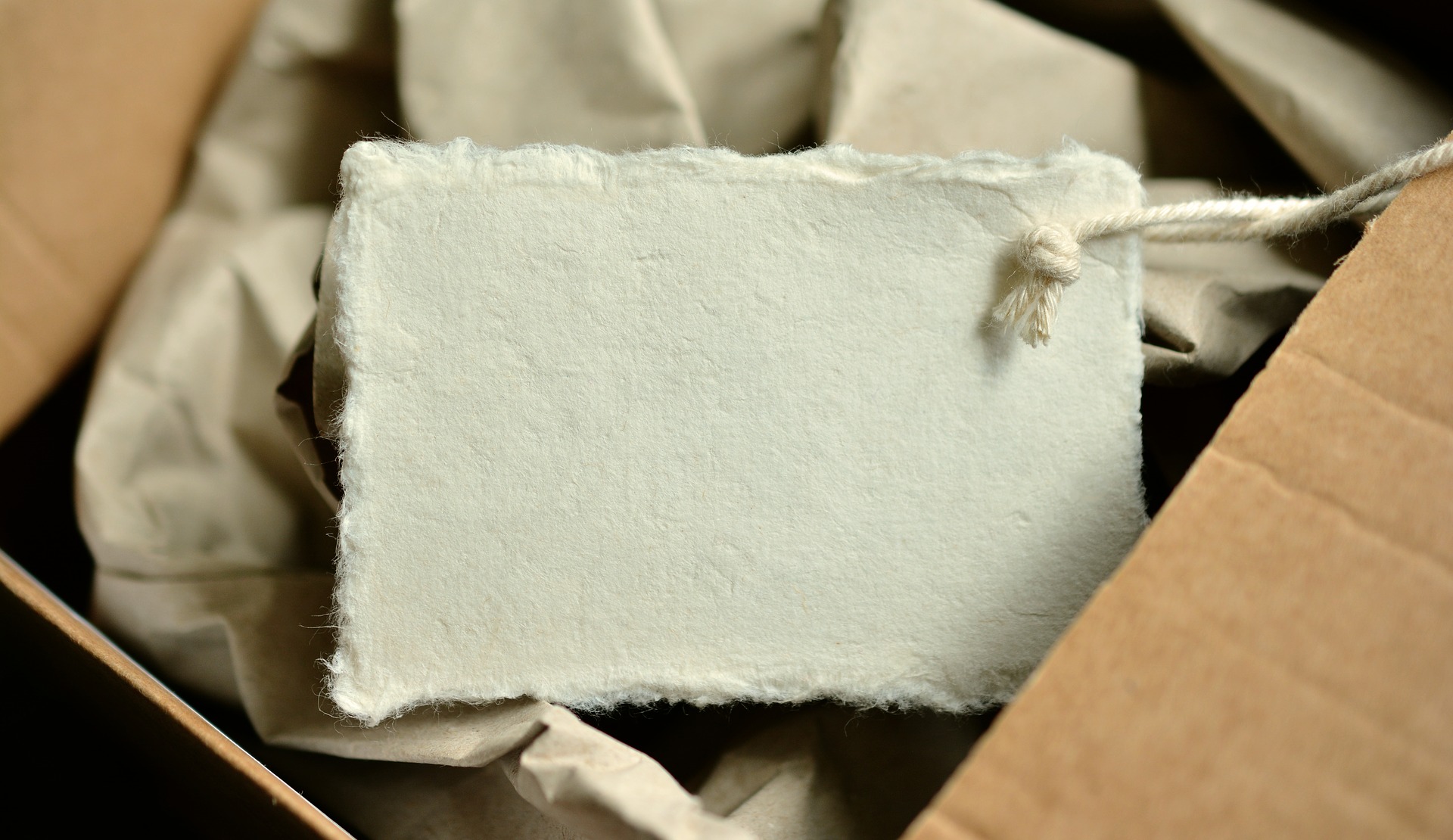
Sustainable packaging is becoming a higher priority for both brands and consumers. (Credit: Packhelp.com)
Sustainable packaging is becoming a higher priority for both brands and consumers - more now than ever before, according to an article on Packhelp.com.
Sustainable packaging is packaging that, over time, reduces its environmental footprint.
This can happen in a number of ways:
- Ingredients: Using raw 100% recycled or raw materials
- Production process: By minimising the production process, supply chain and carbon footprint
- Reusability: Creating a circular economy around the packaging, extending its lifecycle and usability.
It’s simple to say that sustainable packaging is entirely about the environment. It also should take into consideration economic and social factors.
For example, plant-based packaging may seem like a viable option. But quite often that means clearing endangered rainforests to grow crops.
Eco packaging needs to consider the economic factor. It needs to be priced competitively over traditional oil-based/single-use packaging options.
So yes, the definitions can get a bit messy at times!
Labelling something ‘eco-friendly’ doesn’t mean that it’s sustainable. Similarly, labelling something as sustainable doesn’t mean that it’s ethical.
But here's what's most important if your brand is considering a change:
Do you own research.
Definitions aren’t always black and white. It pays to ask your packaging manufacturer a number of questions.
The Sustainable Packaging Coalition is a great resource. Here, you can see the certifications of certain brands and products. It's also a great way to further your knowledge of recyclable packaging in general.
There are also other bodies, like the Forest Stewardship Council. They ensure that any wood-based products (like cardboard) are made from sustainably-sourced forests.






